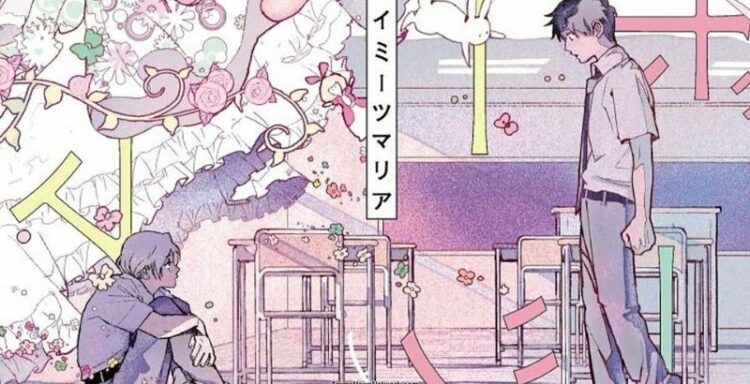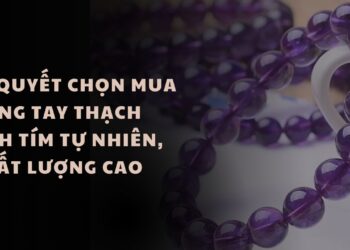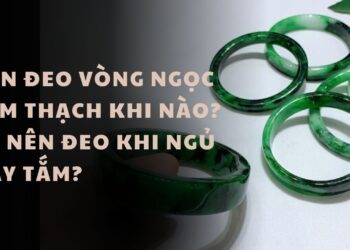Reading Time: 3 minutes

Content Warning: Boy Meets Maria and this review discuss Childhood Sexual Assault
Boy Meets Maria is a BL manga one-shot written and illustrated by PEYO. The one-shot is published and localized in English by Seven Seas Entertainment, translated by Amber Tamosaitis, adapted by Lora Gray, and lettered by Danya Shevchenko. It features a cover design by Hanase Qi. The manga focuses on two teenagers: Taiga and Arima.
Taiga dreams of becoming an actor like the heroes he idolized growing up, so the first thing he does when entering high school is join the drama club. There, he meets the beautiful, enigmatic Maria and immediately falls in love with her. Not long after, Taiga is told that she is actually a boy named Maria who performs on-stage as a girl.
For the purposes of review, I will be using he/him pronouns when discussing Arima because, at the novel’s end, he defines himself as Taiga’s boyfriend and is trying to understand and embrace his masculinity. I’m unsure if the choice of pronouns used in the manga was made by PEYO in the original Japanese or by the manga’s translator. That said, the bulk of Boy Meets Maria is focused on Arima trying to understand his gender identity, whether he is really the girl he’s always felt like or if he leaned on femininity because of his past trauma. Thankfully, PEYO clarifies—both through Taiga’s words to other students and the internal monologues that the two have—that gender isn’t as important as the person you feel for. You’re connected to who they are, not the gender they perform.
That said, the gender binary can be dangerous, especially for those exploring where they fit. Boy Meets Maria is a story about trauma, gender identity, and so much more. On the one hand, Arima learns how to feel comfortable, unpacks why he’s afraid of performing masculinity, and ultimately how to trust someone not to hurt him. On the other, Taiga learns to abandon his childhood ideas of masculinity, saving girls, and how to listen. While Taiga is never intentionally mean to Arima, often playing the hero and standing up for him, Taiga does have to learn when to listen and not assume. While Arima learns to talk, Taiga learns how to receive not just the content of the words but the emotions behind them.
Now, Boy Meets Maria does feature childhood sexual assault and does so in a visual way that can be hard for some readers. That said, this one-shot works on introducing the trauma, looking at its lasting effects, and working through it. More importantly, though, after 230-pages, the trauma isn’t erased. The awkwardness between Arima and Taiga isn’t gone. And Arima has more work to do on processing the events of their past. While Boy Meets Maria is about processing trauma, it’s also about acceptance and how it is vital to speak up when others are mistreated.
Boy Meets Maria’s extra chapter at the end also gives readers a look into Taiga and Arima’s first date and how the two are trying to do the most to be enough for each other before realizing they just need to be themselves. With this warmth, the manga ends with the promise of a lovely future for the teens and wraps up the story beautifully.
If you want a story that aims for the heart and doesn’t miss, Boy Meets Maria is it. As an exploration of gender, trauma, and connections, this is a manga that makes the world better just by being in it.
Boy Meets Maria is available now wherever books are sold.








